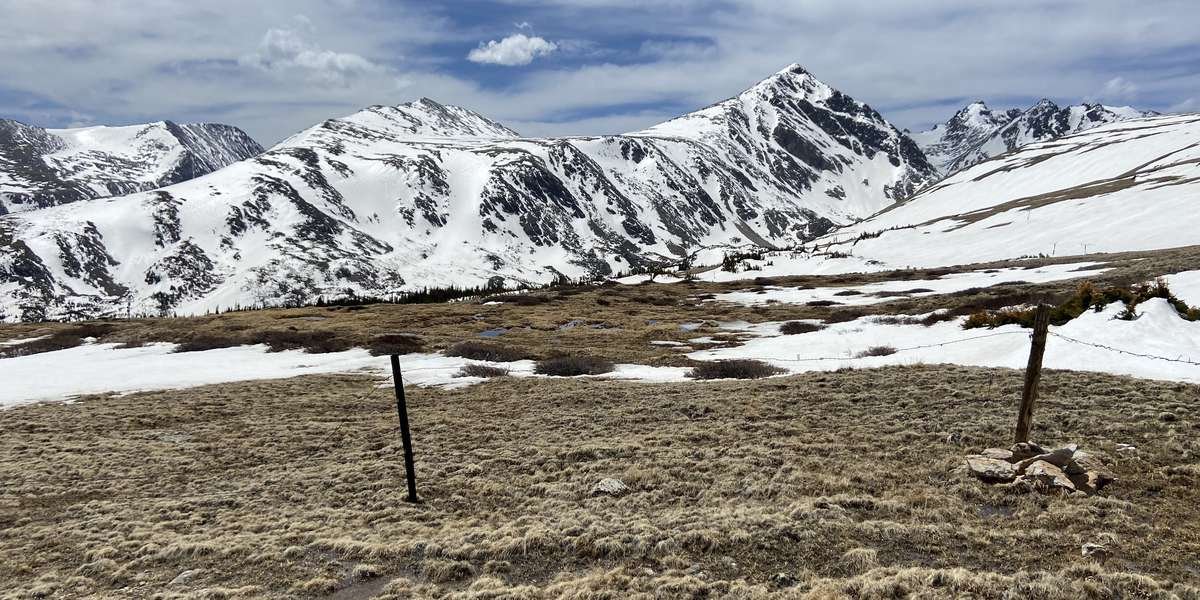Changes in snow water storage and hydrologic partitioning in an alpine catchment in the Colorado Front Range
Hale, K.E., K.N. Musselman, N.R. Bjarke, B. Livneh, E.S. Hinckley, and N. P. Molotch. 2024. Changes in snow water storage and hydrologic partitioning in an alpine catchment in the Colorado Front Range. Hydrological Processes 38, no. 7. Available at https://doi.org/10.1002/hyp.15206.
Abstract
As the climate warms, snow-dominated regions are increasingly susceptible to precipitation phase changes and earlier snowmelt. In alpine catchments, snowmelt is the majority of runoff, governed by heterogeneous interactions among snowfall, wind, topography and vegetation. The role of the alpine snowpack in delaying the downstream release of accumulated snowfall remains understudied, despite its fundamental role in sustaining lower-elevation ecosystems and populations. We evaluated fine-scale changes in the magnitude and duration of alpine snow water storage and release by comparing effective precipitation seasonality to that of surface water inputs using a Snow Storage Index (SSI). We forced the Distributed Hydrology Soil Vegetation Model with historical climate conditions and an end-of-century warming signal down-scaled from a 4-km regional climate model, to simulate future changes in snow water storage and partitioning of precipitation to runoff and evapotranspiration. The hydrological modelling was conducted on a 2-m spatial grid to resolve fine scale processes over a 0.6-km2 headwater catchment within the Niwot Ridge Long-Term Ecological Research site located in the Rocky Mountains, Colorado, USA. Proportionally more rainfall, reduced snowpack size and extent, and earlier snowmelt occurred in the future scenario with decreased catchment average SSI and thus snow water storing capabilities, with inordinately large decreases occurring in areas of the catchment with reconstructed snowdrifts (−57% average and −100% maximum). Using the Budyko framework to evaluate annual hydrologic partitioning, precipitation inputs to streamflow increased by a maximum 10% in large SSI regions with snowdrifts under warming conditions, signifying a potential buffer for total catchment and annual streamflow loss in a future climate. The fine-scale analysis of hydrologic sensitivities to warming presented herein are important because climate conditions are expected to further reduce alpine snow water storage, alter hydrologic partitioning, and runoff generation for ecosystems and people living downstream.

